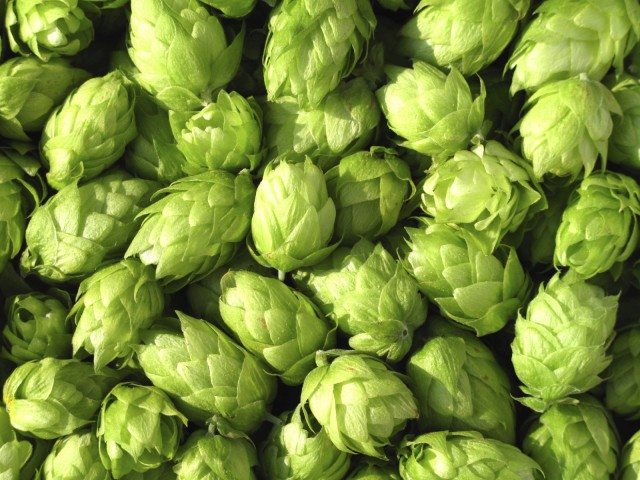Home brewing enthusiasts and major manufacturers alike experience the same result of the beer-making process: mounds of leftover grain.
Once all the flavor has been extracted from barley and other grains, what’s left is a protein- and fiber-rich powder that is typically used in cattle feed or put in landfills.
Today, scientists report a new way to extract the protein and fiber from brewer’s spent grain and use it to create new types of protein sources, biofuels and more.
Haibo Huang, the project’s principal investigator and his team partnered with local breweries to find a way to transform leftover grain into value-added products.
The researchers presented their results on April 6, 2021 at the spring (online) meeting of the American Chemical Society (ACS).
The meeting features nearly 9,000 presentations on a wide range of science topics.
“Spent grain has a very high percentage of protein compared to other agricultural waste, so our goal was to find a novel way to extract and use it,” says Yanhong He, a graduate student who is presenting the work at the meeting.
Both Huang and He are at Virginia Polytechnic and State University (Virginia Tech).
Craft brewing has become more popular than ever in the United States.
This increased demand has led to an increase in production, generating a major uptick in waste material from breweries, 85% of which is spent grain.
This byproduct comprises up to 30% protein and up to 70% fiber, and while cows and other animals may be able to digest spent grain, it is difficult for humans to digest it because of its high fiber content.
In order to transform this waste into something more functional, Huang and He developed a novel wet milling fractionation process to separate the protein from the fiber.
Compared to other techniques, the new process is more efficient because the researchers do not have to dry the grain first.
They tested three commercially available enzymes — alcalase, neutrase and pepsin — in this process and found that alcalase treatment provided the best separation without losing large amounts of either component.
After a sieving step, the result was a protein concentrate and a fiber-rich product.
Up to 83% of the protein in the spent grain was recaptured in the protein concentrate.
Initially the researchers proposed using the extracted protein as a cheaper, more sustainable replacement for fishmeal to feed farmed shrimp.
But more recently, Huang and He have started to explore using the protein as an ingredient in food products, catering to the consumer demand for alternate protein sources.
However, that still left the remaining fiber-rich product without a specific use.
Previous study
Last year, Huang’s postdoctoral researcher Joshua O’Hair, reported finding a new species of Bacillus lichenformis in a spring at Yellowstone National Park.
In the paper, they noted that the bacteria could convert various sugars to 2,3-butanediol, a compound that is used to make many products, such as synthetic rubber, plasticizers and 2-butanol, a fuel.
He pretreated the extracted fiber with sulfuric acid, then broke it down into sugars from cellulose and hemicellulose.
She then fed the sugars to the microbe, producing 2,3-butanediol.
Next, the team plans to work on scaling up the process of separating the protein and fiber components in order to keep up with the volume of spent grain generated at breweries.
They are also working with colleagues to determine the economic feasibility of the separation process, as the enzymes currently used to separate the protein and fiber components are expensive.
Huang and He hope to find suitable enzymes and green chemicals to make this process even more sustainable, scalable and affordable.
The researchers acknowledge support and funding from Southern Sustainable Agriculture Research and Education Graduate Student Grant, the Virginia Agricultural Council and the John Lee Pratt Graduate Scholar Program.










